



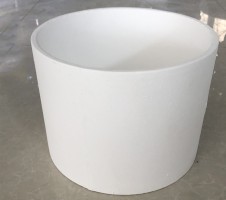
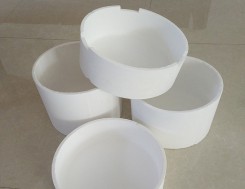
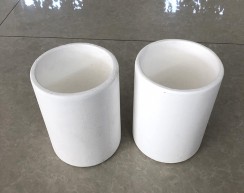
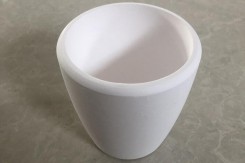

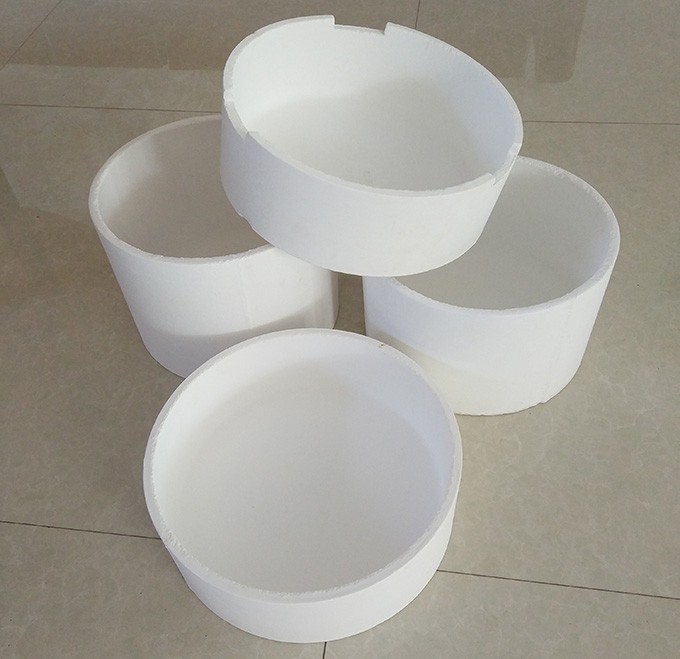
Quartz crucible is a quartz container required for the production of silicon single crystal and polycrystalline solar products. It has the advantages of high purity, strong temperature resistance, large size and high precision, good insulation, energy saving, and stable quality. Its application is becoming increasingly widespread. Quartz crucibles are widely used in various fields such as electric light sources, semiconductors, optical communication, military industry, metallurgy, building materials, chemistry, machinery, power, environmental protection, and colleges and universities.
Features:
1. High temperature resistance. The softening point temperature of quartz glass is about 1730 ℃, which can be used for a long time at 1100 ℃, and the short-term use temperature can reach 1450 ℃,
2. Corrosion resistance. Except for hydrofluoric acid, quartz glass hardly undergoes chemical reactions with other acidic substances.
3. Good thermal stability. Quartz glass has a small coefficient of thermal expansion and can withstand drastic temperature changes. Even when heated to around 1100 ℃ and placed in room temperature water, it will not explode.
4. Good light transmission performance. Quartz glass has good transparency in the entire spectral range from ultraviolet to infrared.
5. Good electrical insulation performance. Quartz glass is an excellent electrical insulation material, with good electrical properties even at high temperatures.
Advantages and characteristics:
1. Quartz crucibles can be used below 1450 degrees and are available in two types: transparent and opaque. The semi transparent quartz crucible produced by arc method is an essential basic material for drawing large-diameter single crystal silicon and developing large-scale integrated circuits. Today, developed countries in the semiconductor industry have replaced small transparent quartz crucibles with this crucible. He has the advantages of high purity, strong temperature resistance, large size and high precision, good insulation, energy saving, and stable quality.
2. Cannot come into contact with HF, as it is prone to react with caustic soda and alkali metal carbonates at high temperatures.
3. Quartz crucibles are suitable for melting samples with K2S2O7 and KHSO4 as fluxes, and for treating samples with Na2S207 (dried at 212 degrees Celsius) as a flux.
4. Quartz is brittle and easy to break, so be careful when using it.
5. Except for HF, ordinary dilute inorganic acids can be used as cleaning solutions. The commonly used quartz crucibles for drawing monocrystalline silicon in China are 18 inch and 20 inch, and some manufacturers also use crucibles of 22 inch and above. At present, the crucible technology produced by major domestic crucible manufacturers is relatively mature. Its production uses two types of raw materials: quartz sand imported from the United States and high-purity quartz sand from Norway. Some small factories also use domestically produced materials to produce quartz crucibles, which have a certain impact on the stability of drawing single crystal silicon.